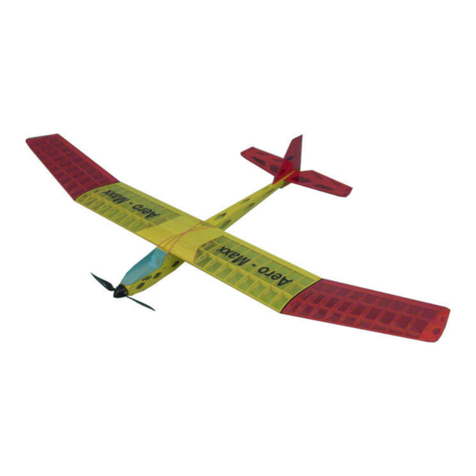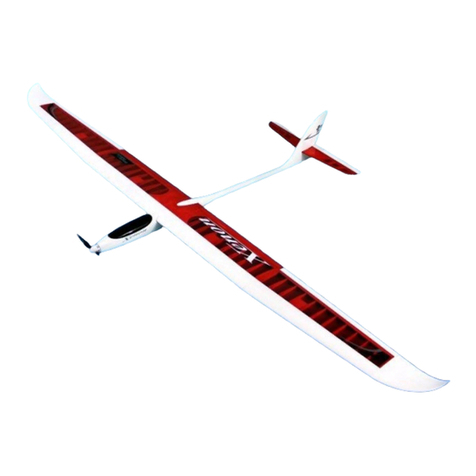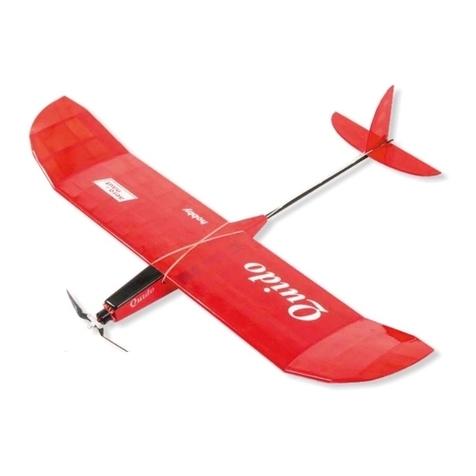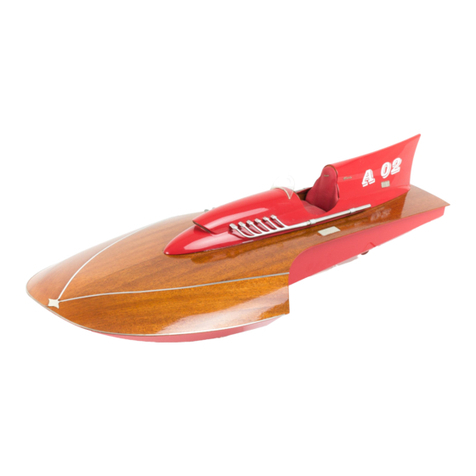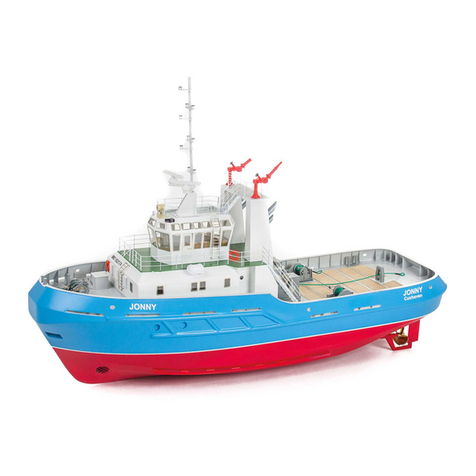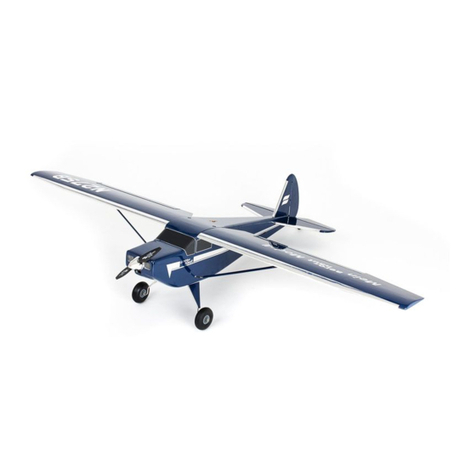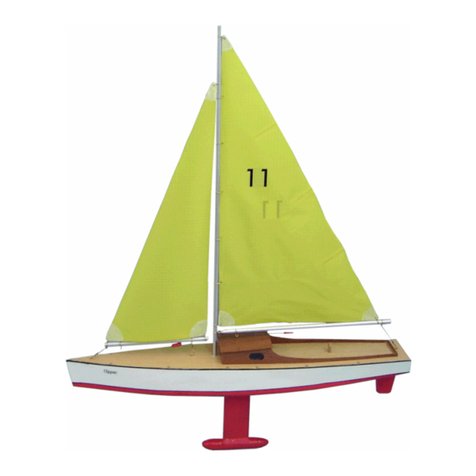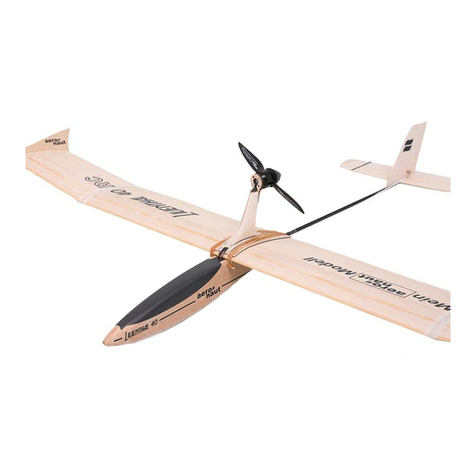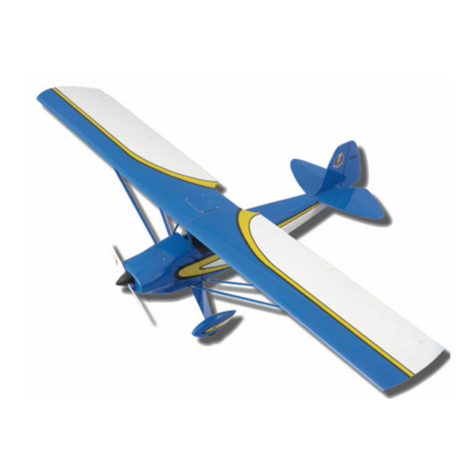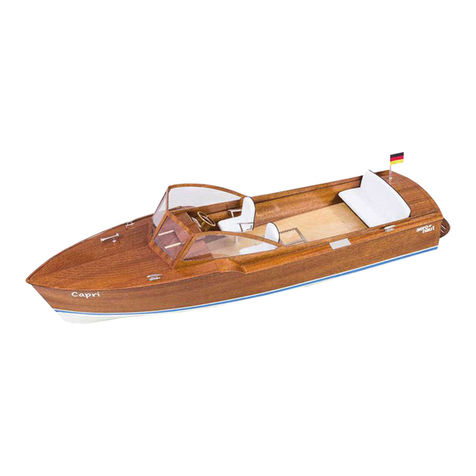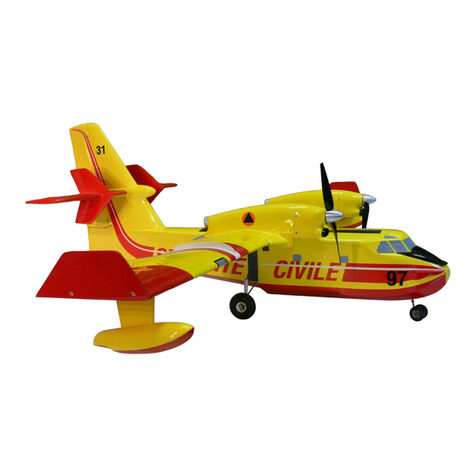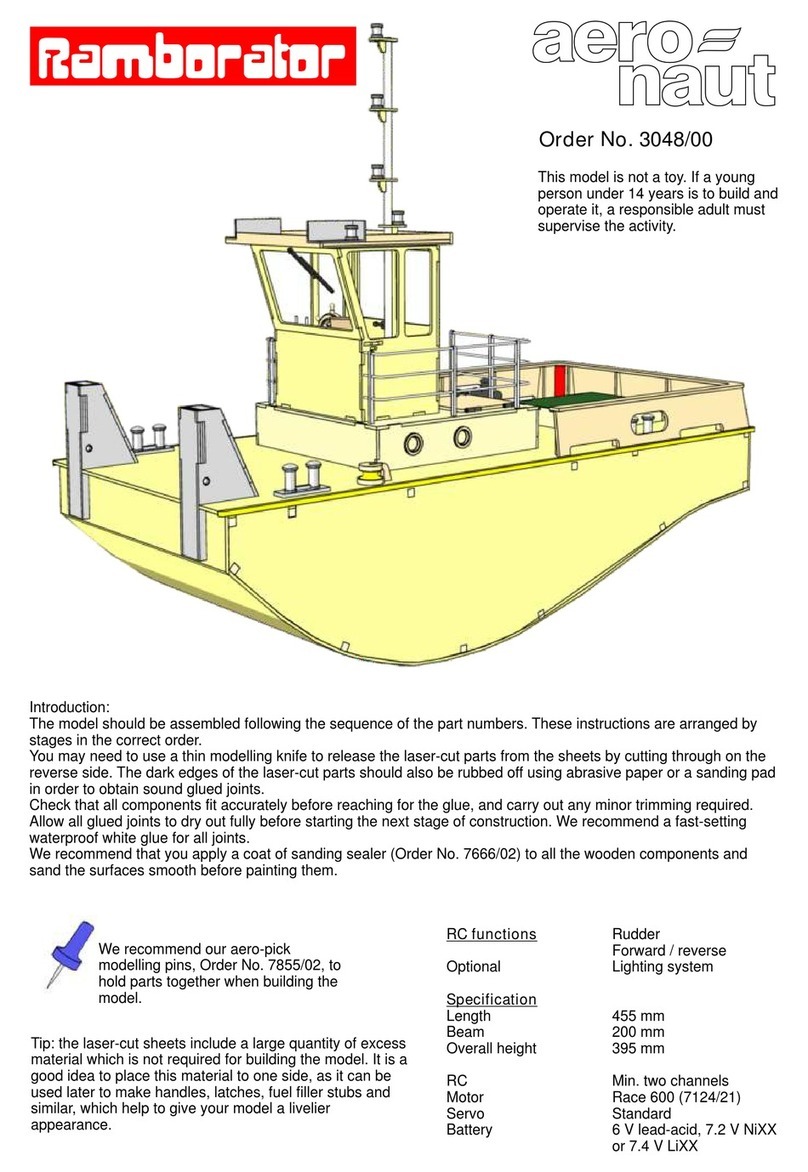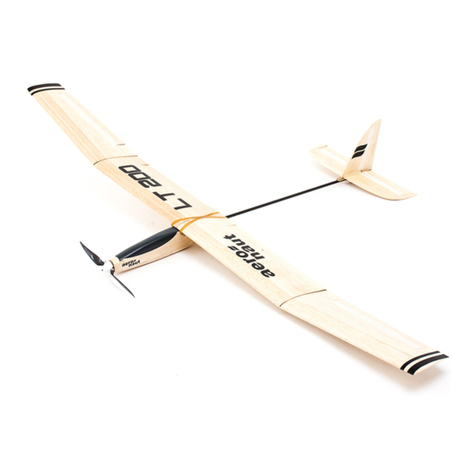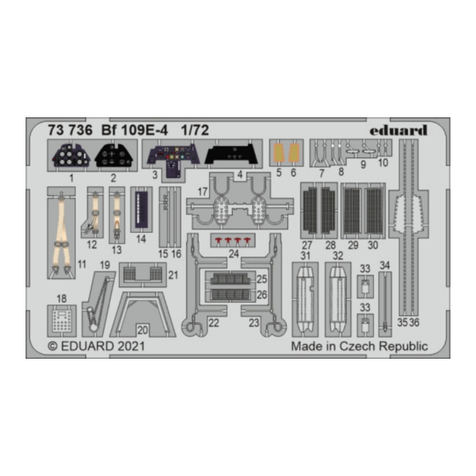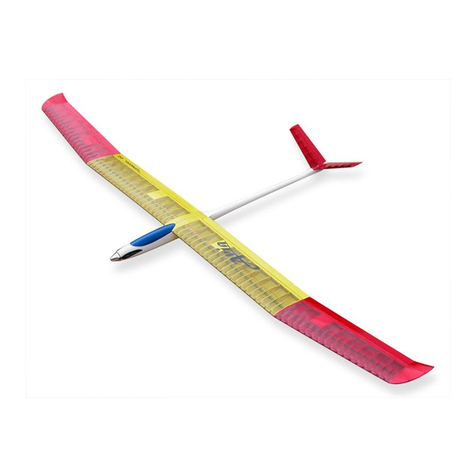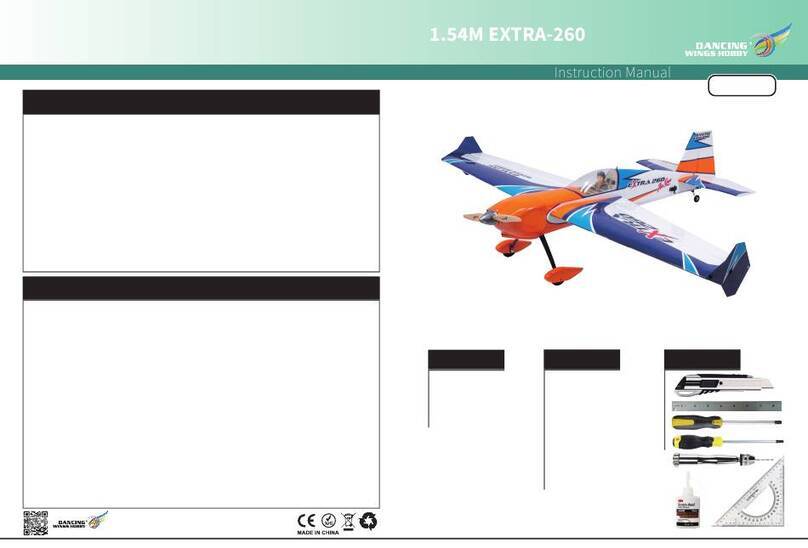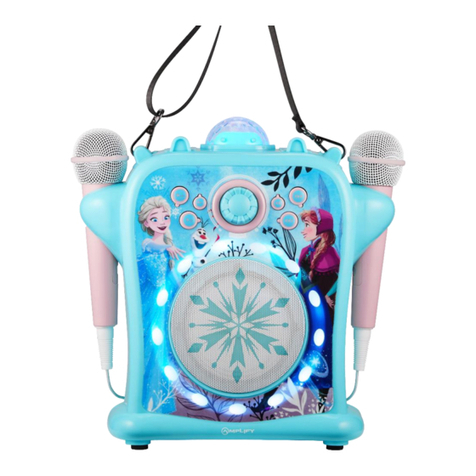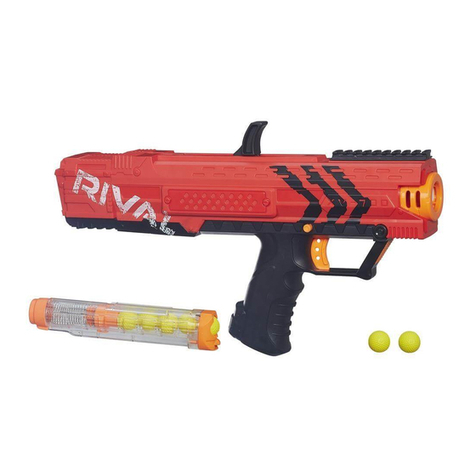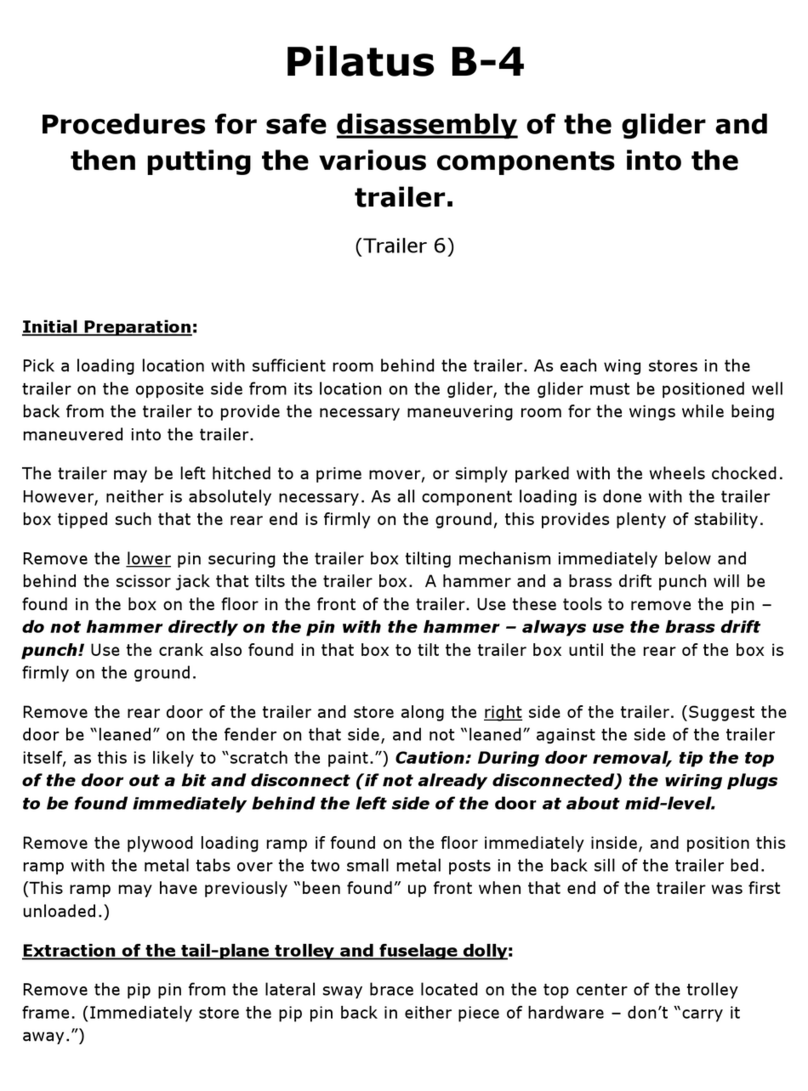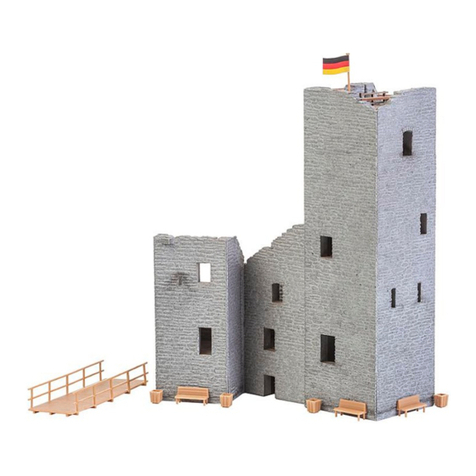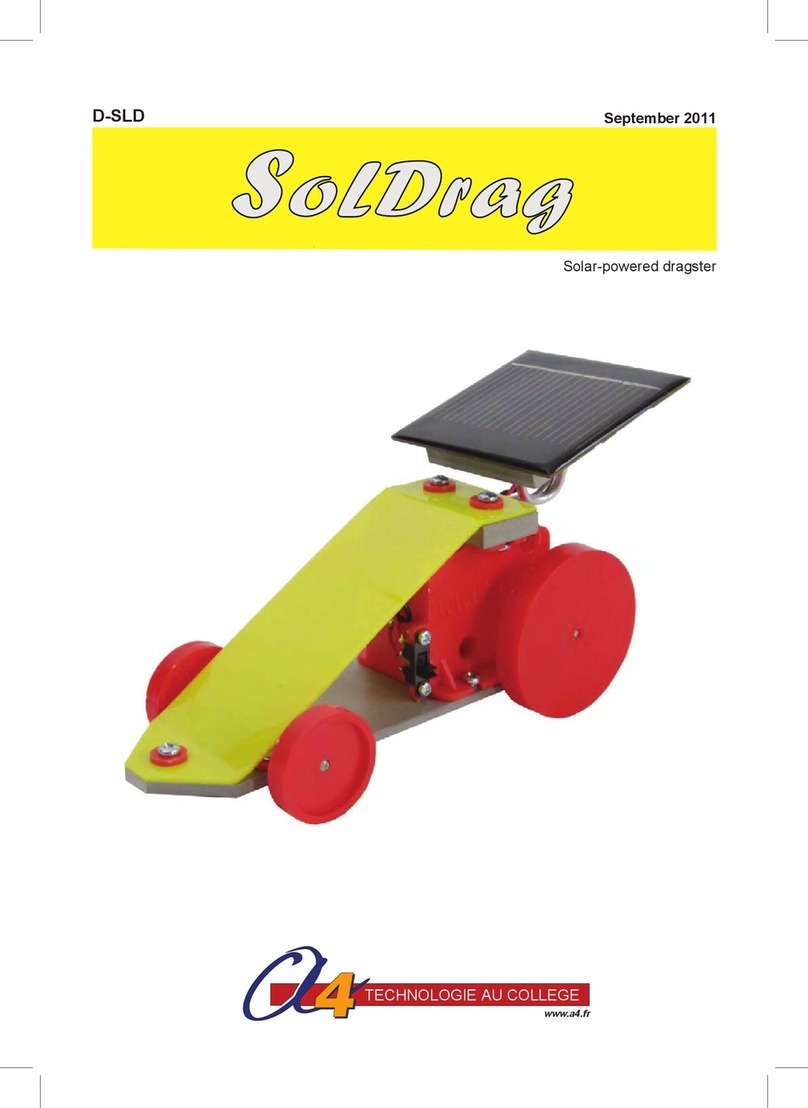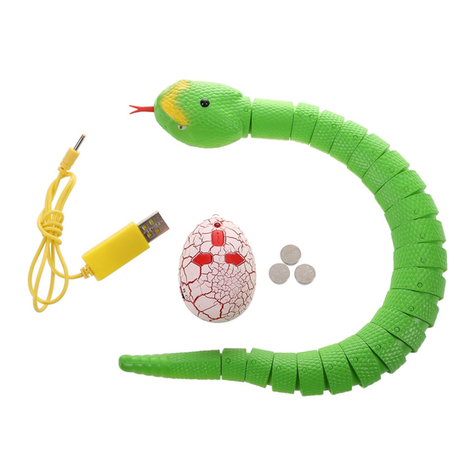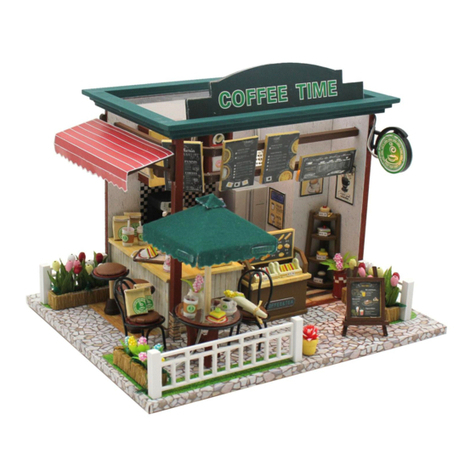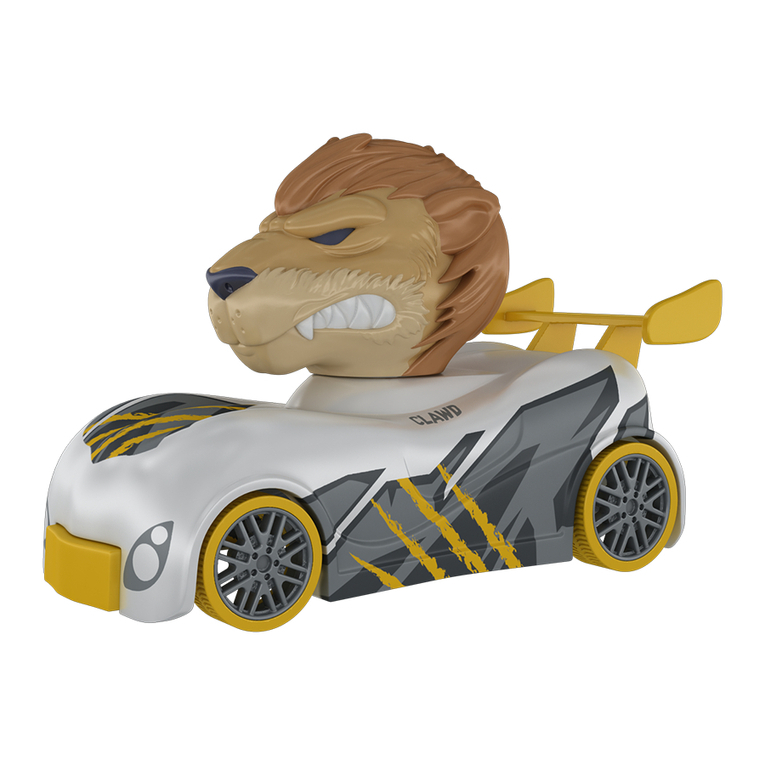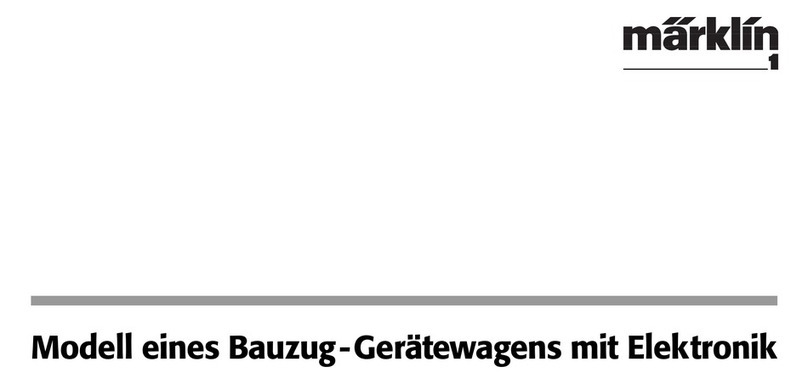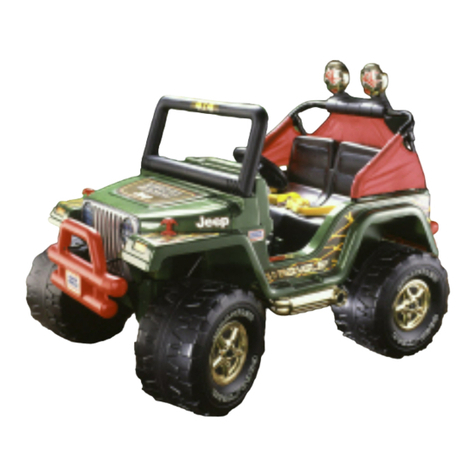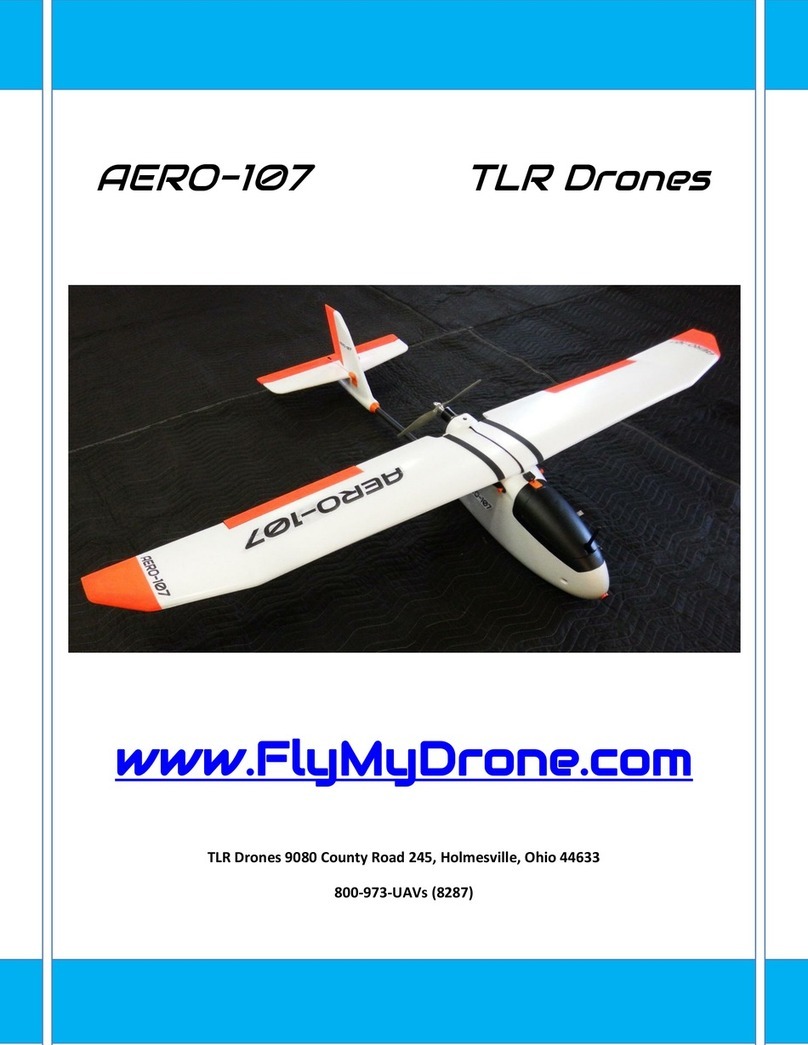Part Description Material No. Size Part Sheet
No. off
0 Jig Depron 1 Die-cut
1 Hull frame Plywood 1 3 mm Laser-cut 2
2 Hull frame Plywood 1 3 mm Laser-cut 1
3 Hull frame Plywood 1 3 mm Laser-cut 1
4 Hull frame Plywood 1 3 mm Laser-cut 1
5 Hull frame Plywood 1 3 mm Laser-cut 1
6 Half-frame Plywood 1 3 mm Laser-cut 1
7 Hull frame Plywood 1 3 mm Laser-cut 1
8 Hull frame Plywood 1 3 mm Laser-cut 1
9 Hull frame Plywood 1 3 mm Laser-cut 1
10 Keel Plywood 1 2 mm Laser-cut
11 Fore-and-aft support Plywood 2 3 mm Laser-cut 2
12 Transom support Plywood 1 3 mm Laser-cut 1
13 Hull side Plywood 2 1.2 mm Laser-cut 3
14 Hull bottom Plywood 2 0.8 mm Laser-cut 4
15 Reinforcing rail Plywood 4 0.8 mm Laser-cut 4
16 Boatstand front Plywood 1 3 mm Laser-cut 2
17 Boatstand rear Plywood 1 3 mm Laser-cut 2
18 Boatstand joiner dowel Beech 2 10 Ø x 300 mm Oversize
19 Triangular rail Maple 2 6 x 6 x 8.5 x 660 Oversize
20 Transom Mahogany 1 1.5 mm Laser-cut 5
21 Propeller shaft tube Brass 1 7 mm Ø Ready made 7155/30
22 Propeller shaft Steel 1 4 mm Ø Ready made
23 Shaft coupling Brass 1 3.17 / 4 mm Ø Ready made 7035/68
24 Collet Brass 1 4 mm Ø Ready made 5842/40
25 Locknut Brass 1 M4 Ready made 7773/04
26 Rudder bush Tube 1 4/3 Ø x 50 mm Ready made
27 Rudder Plastic / metal 1 Ready made 7024/10
28 Reinforcement Plywood 1 3 mm Laser-cut 2
29 Rudder bush support Plywood 1 3 mm Laser-cut 2
30 Keel fillet Plywood 1 3 mm Laser-cut 1
31 Forward stringer Spruce 2 2 x 4 x 293 Oversize
32 Aft stringer Spruce 2 2 x 4 x 410 mm Oversize
33 Superstructure side Mahogany 2 1.5 mm Laser-cut 5
34 Front deck stringer Spruce 2 3 x 5 x 225 mm Oversize
35 Rear deck stringer Spruce 2 3 x 5 x 410 mm Oversize
36 Deck beam Spruce 1 5 x 5 x 185 mm Oversize
37 Battery support rail Spruce 2 5 x 5 x 245 mm Oversize
38 Servo plate Plywood 1 3 mm Laser-cut 1
39 Side deck Mahogany 2 1.5 mm Laser-cut 7
40 Rear deck Mahogany 1 1.5 mm Laser-cut 7
41 Front deck Mahogany 1 1.5 mm Laser-cut 7
42 Front deck doubler Mahogany 2 1.5 mm Laser-cut 7
43 Roof rail Spruce 2 2 x 2 x 198 mm Oversize
44 Curved deck fairing Mahogany 2 0.5 mm Veneer
45 Centre superstructure window Mahogany 1 1.5 mm Laser-cut 5
46 L.H. / R.H. superstr. window Mahogany 2 1.5 mm Laser-cut 5
47 Flybridge support Plywood 2 3 mm Laser-cut 2
48 Cockpit floor Plywood 1 3 mm Laser-cut 2
49 Front cockpit wall Mahogany 1 1.5 mm Laser-cut 5
50 Rear cockpit wall Mahogany 1 1.5 mm Laser-cut 5
51 Flybridge side wall Mahogany 2 1.5 mm Laser-cut 5
52 Flybridge floor Plywood 1 3 mm Laser-cut 2
53 Flybridge front wall Mahogany 1 3 mm Laser-cut 7
54 Roof support Plywood 1 3 mm Laser-cut 2
55 Roof support Plywood 2 3 mm Laser-cut 2
56 Transverse roof support Plywood 1 3 mm Laser-cut 1
57 Transverse roof support Plywood 1 3 mm Laser-cut 1
58 Roof Plywood 1 1 mm Laser-cut 6
59 Command stand side panel Mahogany 2 1.5 mm Laser-cut 5
60 Command stand front panel Mahogany 1 1.5 mm Laser-cut 5

















